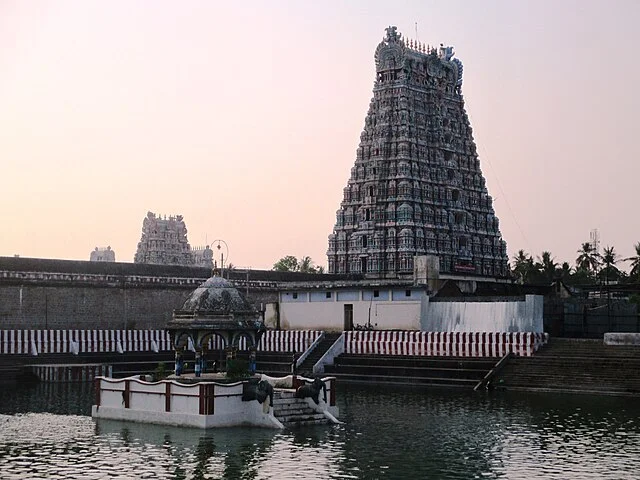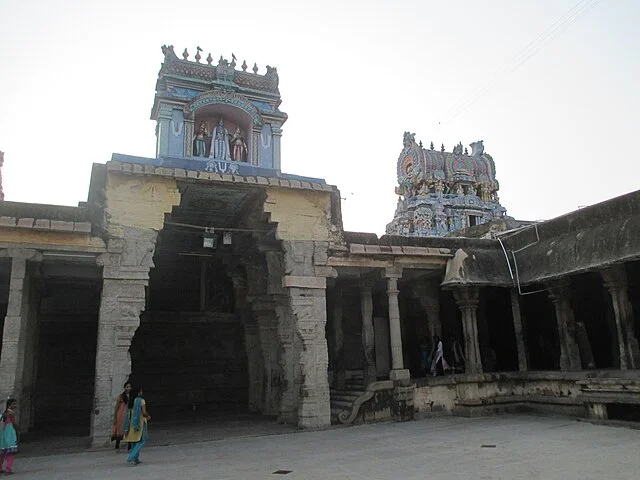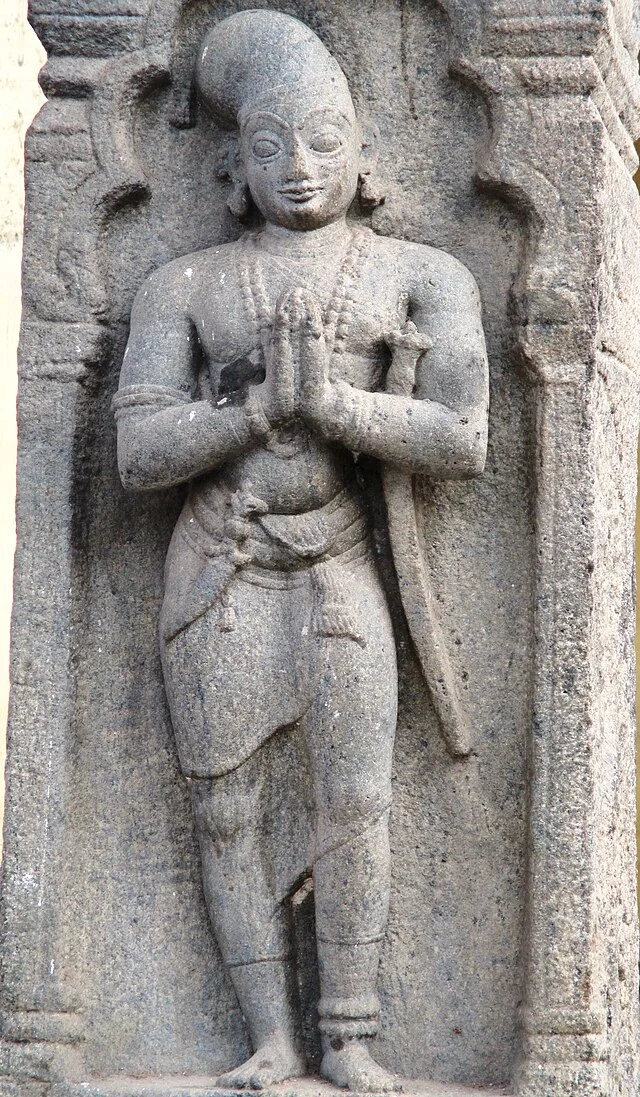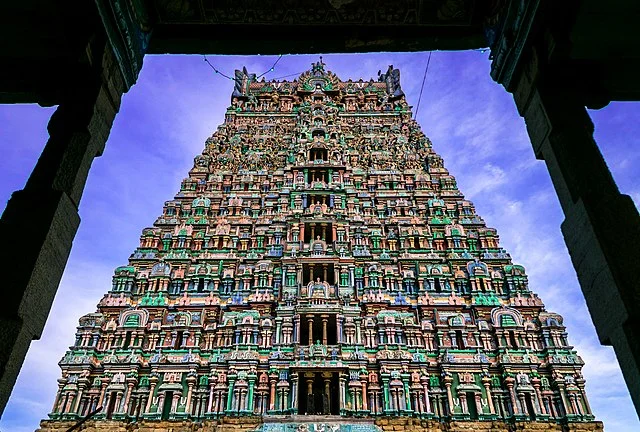Rajagopalaswamy Temple, located in Mannargudi, Tamil Nadu, is a significant Vaishnavite temple. Dedicated to Lord Krishna, the temple’s deity is revered as Rajagopalaswamy, a form of Krishna holding a staff. The temple is also called “Dakshina Dwaraka” (Southern Dwaraka) due to its close association with Krishna worship.
Get your dose of History via Email
Historical Significance

The temple was built during the Chola period in the early 11th century AD. Kulothunga Chola I (1070–1120 AD) expanded it during his reign. The temple saw further developments under the Vijayanagara Empire and the Thanjavur Nayaks. Its rich history showcases the influence of both Chola and Nayak rulers on religious architecture in South India.
Architecture and Layout

Rajagopalaswamy Temple is known for its vast size, covering an area of over 23 acres. It features a seven-tiered rajagopuram (gateway tower) that rises to a height of 154 feet, a typical hallmark of Dravidian architecture. The temple complex includes several mandapas (halls), expansive courtyards, and intricately designed shrines. The central shrine houses the main deity, Rajagopalaswamy, along with his consorts, Rukmini and Satyabhama.
The temple tank, Haridra Nadhi, is one of the largest temple tanks in Tamil Nadu. It plays a central role during temple festivals, particularly in float festivals (teppam), where the deity is taken on a boat procession.
Religious Practices

The temple follows the tradition of Vaishnavism, a major branch of Hinduism that venerates Vishnu and his avatars. Daily rituals, including poojas and abhishekams (sacred baths), are conducted according to the Pancharatra Agama texts. The temple celebrates several festivals, but the most important one is the Panguni Brahmotsavam, a grand annual festival lasting for 18 days in March or April. During this time, large numbers of devotees gather for special ceremonies, processions, and celebrations.
Sculptures and Art
The temple is known for its remarkable sculptures and carvings, particularly in the mandapas. The pillars display detailed relief work of various gods, goddesses, and mythical creatures. The main deity is depicted in a standing posture, adorned with exquisite jewelry and a staff. This visual representation of Krishna as a cowherd highlights the temple’s unique depiction of the deity.
Influence on Local Culture
Rajagopalaswamy Temple plays a key role in the cultural and religious identity of the region. It has been a center of pilgrimage for Vaishnavites from Tamil Nadu and beyond. The temple has also inspired classical Tamil literature, with several works praising the temple and its deity.
Additionally, the temple provides an important economic role for the town of Mannargudi, drawing pilgrims and tourists, especially during the major festivals.

